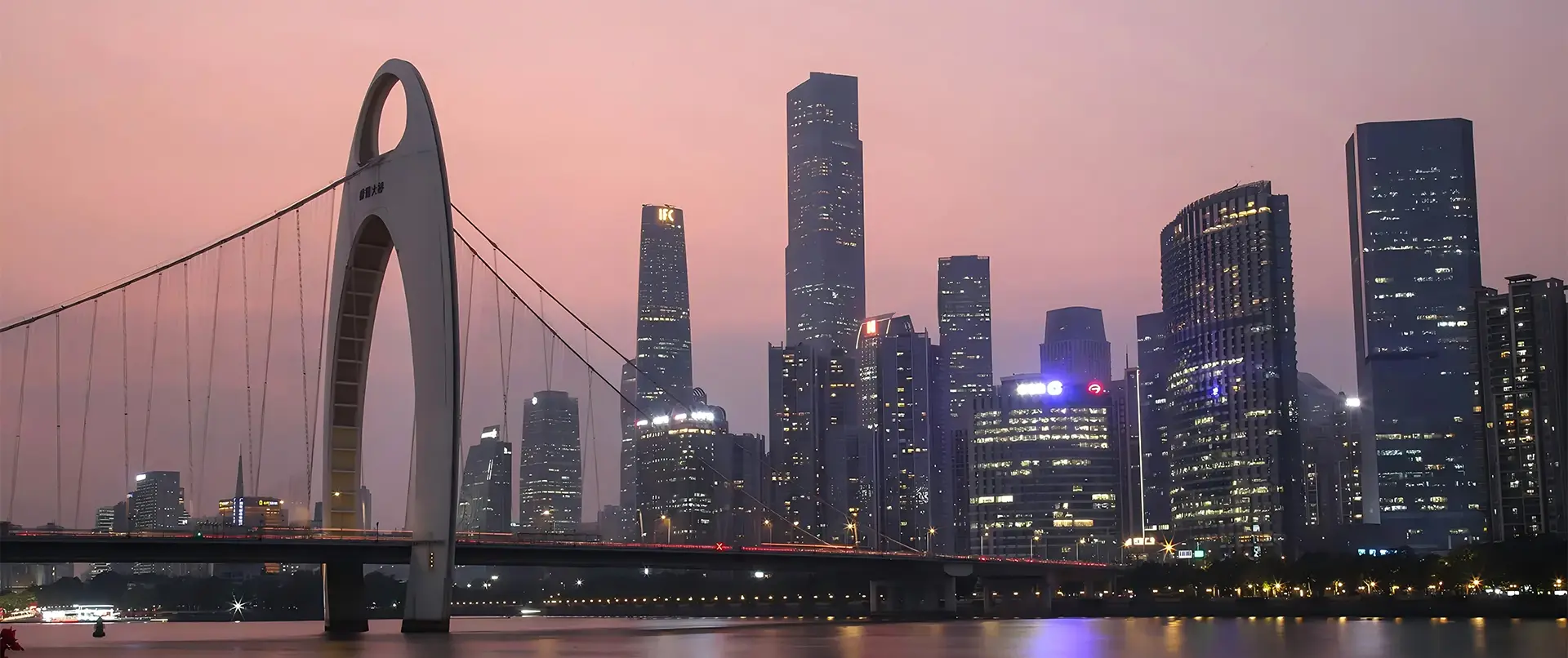Exploring the Future of 3D Architectural Rendering: Innovative Techniques Shaping Modern Design
As we venture into the future of architectural design, the integration of 3D architectural rendering has become a vital component in shaping modern aesthetics and functionality. According to a recent report by MarketsandMarkets, the global 3D rendering market is expected to grow from $1.2 billion in 2020 to $5.8 billion by 2026, reflecting a CAGR of 30%. This burgeoning demand underscores the significance of innovative techniques in rendering that not only enhance visual presentation but also facilitate better communication of ideas among stakeholders.
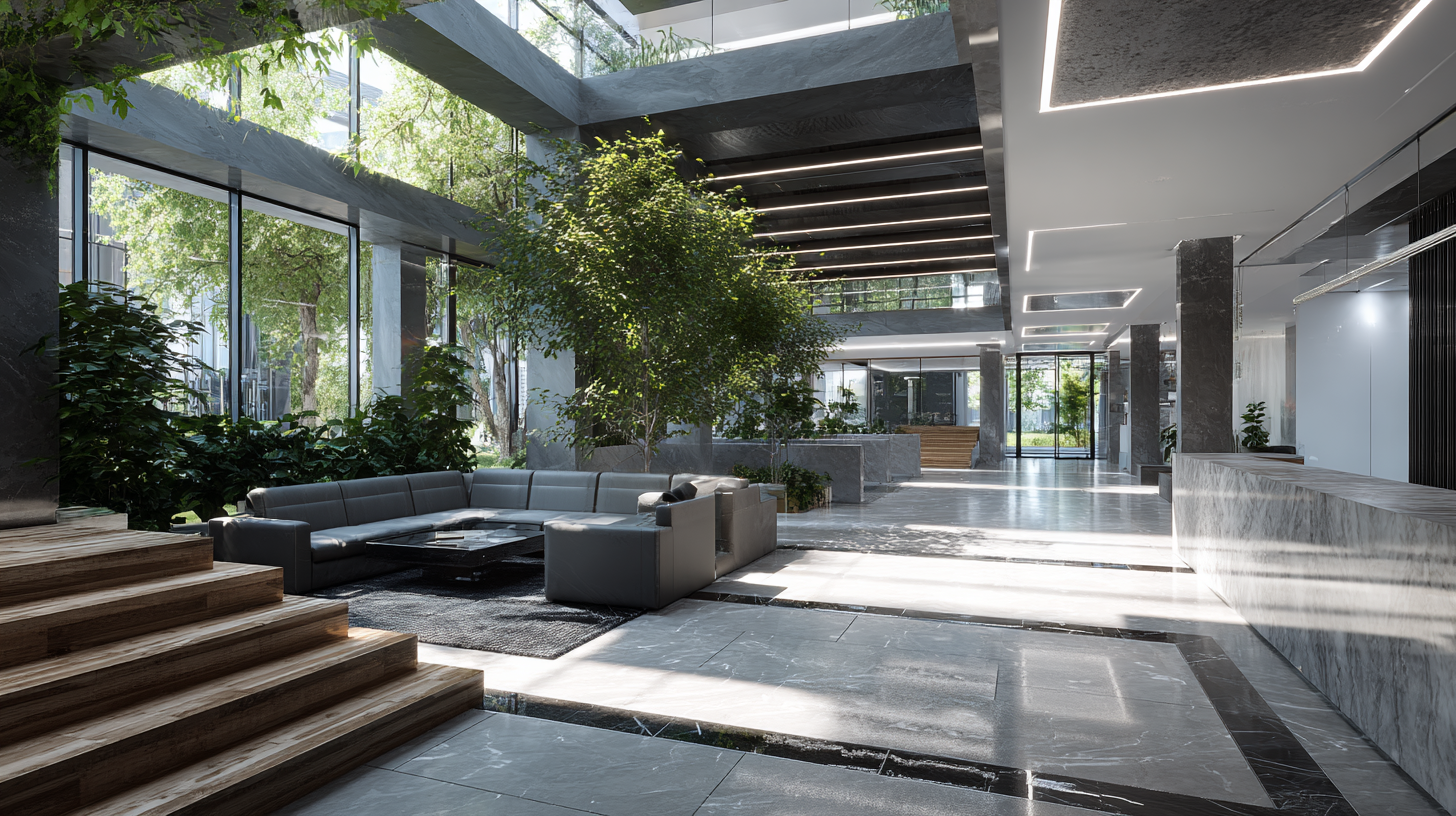
By leveraging technologies such as real-time rendering and virtual reality, architects can create immersive experiences that bring designs to life, ensuring that the nuances of their concepts are conveyed effectively. In this exploration, we delve into the latest advancements and best practices in 3D architectural rendering that are redefining the landscape of contemporary architecture.
Innovative Rendering Techniques Revolutionizing Architectural Visualization
The realm of architectural visualization is being transformed by innovative rendering techniques that are reshaping how designs are conceived and presented. According to a report by Allied Market Research, the global architectural visualization market was valued at $2.2 billion in 2020 and is projected to reach $8.1 billion by 2027, highlighting a robust growth driven by advancements in technology.
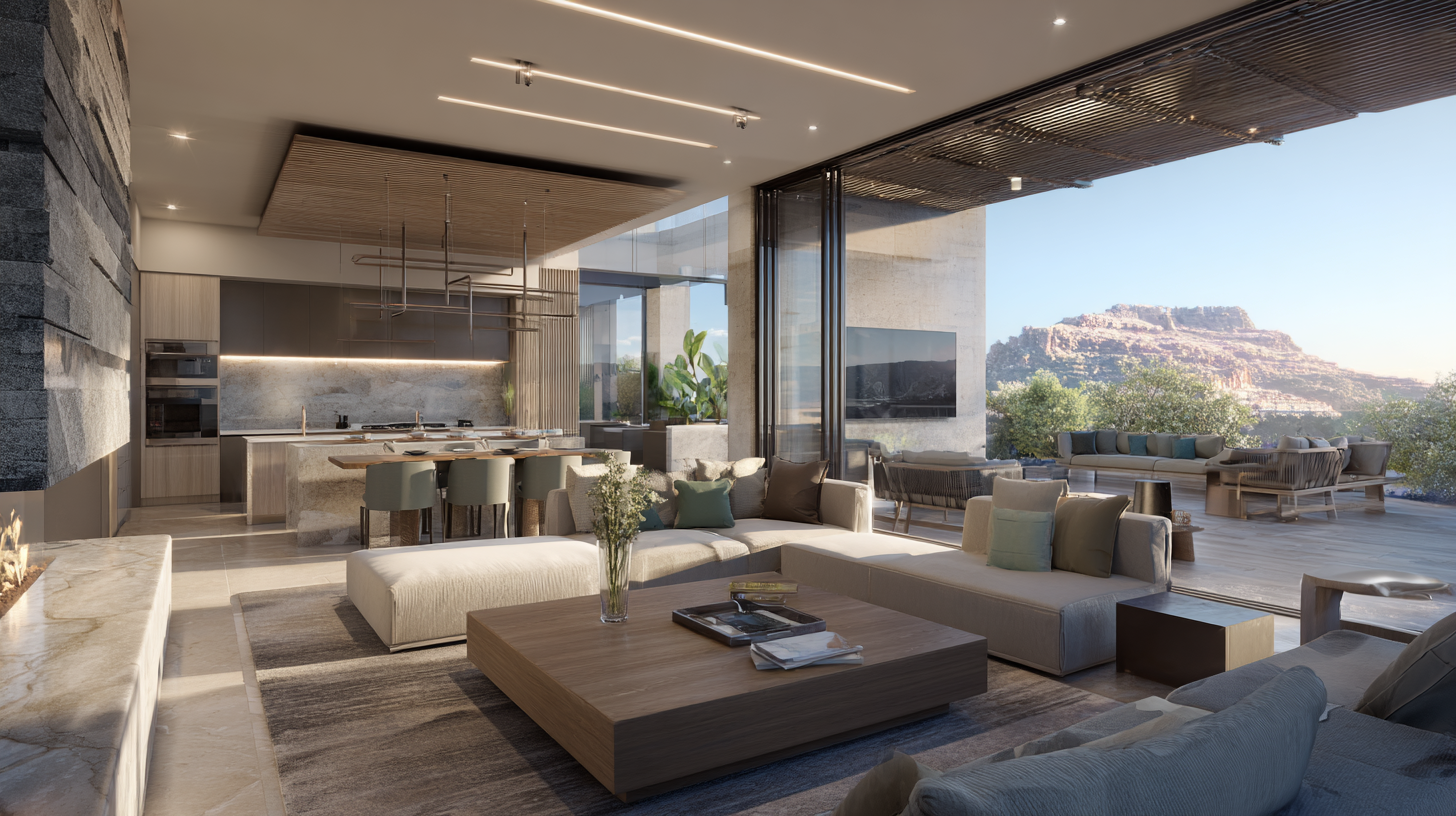 Real-time rendering has emerged as a cutting-edge method, allowing architects to provide immersive experiences that engage clients and stakeholders effectively. This technology enables the manipulation of designs in real-time, fostering a collaborative environment where instant feedback can be utilized to enhance the final outcome.
Real-time rendering has emerged as a cutting-edge method, allowing architects to provide immersive experiences that engage clients and stakeholders effectively. This technology enables the manipulation of designs in real-time, fostering a collaborative environment where instant feedback can be utilized to enhance the final outcome.
Additionally, AI-driven tools are revolutionizing the rendering process by streamlining workflows and reducing the time required for high-quality visualizations. A survey conducted by Statista indicated that 78% of architects believe that investing in advanced rendering software significantly improves client satisfaction. Techniques such as photorealistic rendering and VR integration are increasingly becoming standard practices, allowing clients to virtually walk through spaces before they are built.
As these innovative rendering techniques continue to evolve, they are set to play a critical role in contemporary architectural design, fundamentally altering the way architects communicate their visions and designs to the world.
The Role of Real-time Rendering in Enhancing Client Presentations
Real-time rendering technology is revolutionizing the way architects and designers present their projects to clients. By allowing for instantaneous visualization of design changes, architects can effectively communicate their vision, making adjustments on the fly and providing clients with a more immersive experience. This capability not only enhances engagement but also helps clients make informed decisions, ultimately leading to smoother approvals and more successful projects.
**Tips for Utilizing Real-time Rendering in Client Presentations:**
1. **Prepare Interactive Scenarios:** Create multiple design options and allow clients to explore each scenario live. This fosters collaboration and gives clients a sense of ownership over the design process.
2. **Incorporate Virtual Reality (VR):** Offering VR experiences can elevate client presentations, allowing clients to walk through spaces and gain a true-to-life perspective of the design.
3. **Use Realistic Textures and Lighting:** Employ high-quality materials and realistic lighting effects in your renderings to enhance the overall impact and clarity of your presentations.
By leveraging these innovative techniques in real-time rendering, architects can achieve a deeper connection with their clients, ensuring their visions are clearly understood and effectively realized.
Impact of VR and AR Technologies on Modern Architectural Design Processes
Virtual Reality (VR) and Augmented Reality (AR) have significantly transformed the landscape of modern architectural design, providing architects and designers with immersive tools that enhance creativity and streamline processes. By leveraging VR, architects can create fully interactive 3D environments, allowing clients to walk through designs before they are built. This not only aids in visualizing spatial relationships but also facilitates immediate feedback, bridging the gap between the technical and aesthetic aspects of design. The ability to experience a space virtually allows for a more intuitive understanding of scale, materials, and lighting, leading to more informed design decisions.
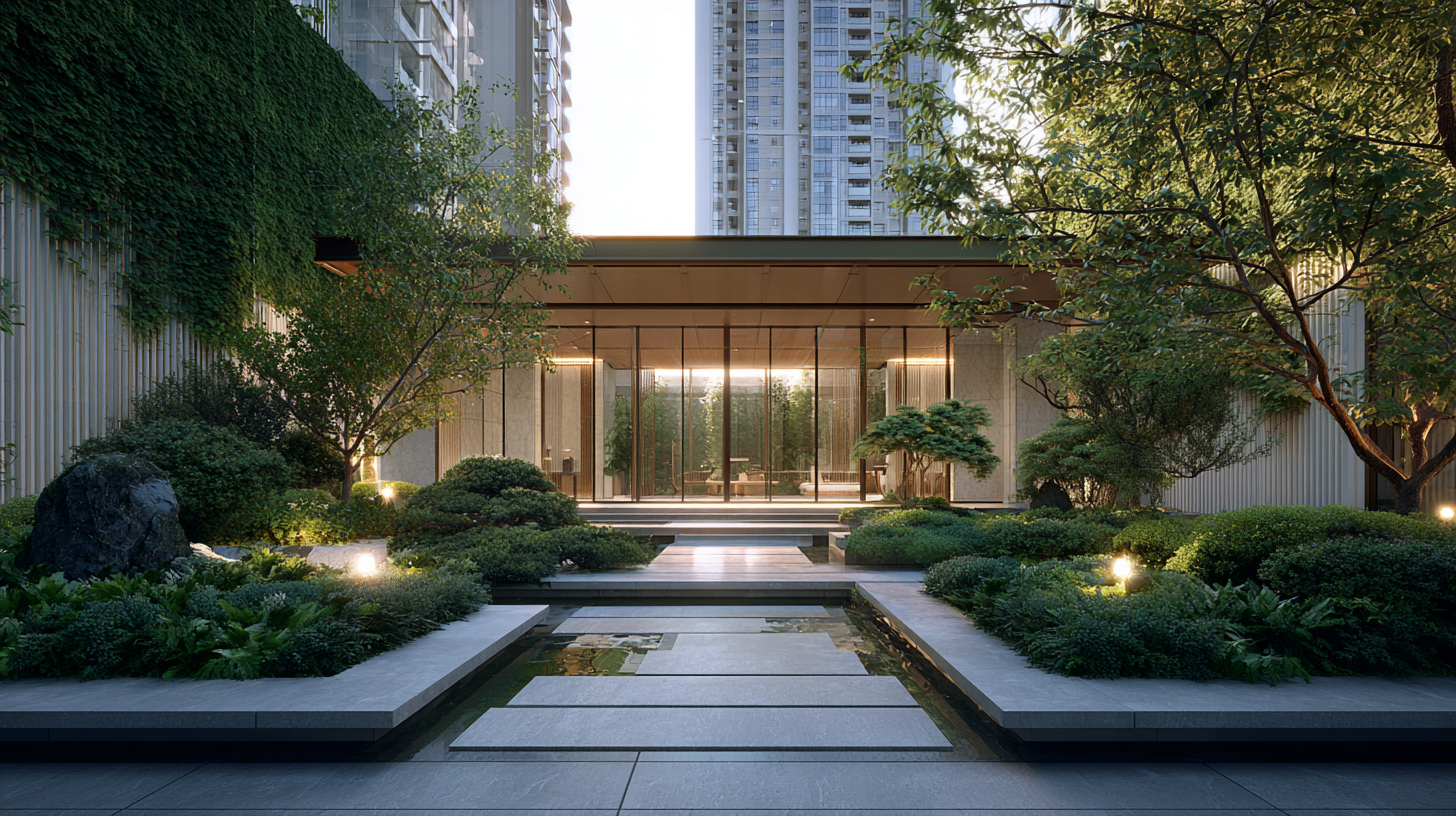
AR complements this by overlaying digital information onto the physical world, enabling real-time collaboration and modifications. As architects work on-site, they can use AR to visualize changes in real time, interactively assessing how new elements integrate with the existing environment. This capability fosters better communication among stakeholders, from architects to clients and contractors, ensuring everyone is aligned throughout the design and construction phases. The integration of VR and AR not only enhances the design process but also elevates the overall efficiency and quality of architectural projects, shaping a new era of innovation in the built environment.
The Importance of Photorealism in 3D Rendering for Effective Communication
In the realm of 3D architectural rendering, photorealism plays a crucial role in enhancing communication between architects, clients, and stakeholders. This level of detail and realism allows viewers to gain a comprehensive understanding of the proposed design, including materials, lighting, and spatial relationships. By creating lifelike representations, architects can bridge the gap between imagination and reality, ensuring that the vision is accurately conveyed and understood.
To achieve effective photorealism, consider these tips: firstly, pay meticulous attention to lighting—it can make or break a scene. Experiment with various lighting conditions to see how shadows and highlights can elevate your render. Secondly, texture is essential; use high-resolution textures and ensure they match the scale of your models. This will bring depth and authenticity to your renderings. Lastly, utilize post-processing techniques to enhance color grading and details, allowing your images to pop and leave a lasting impression.
Incorporating these techniques not only elevates the visual quality of your projects but also instills confidence in clients. As the demand for realistic visuals grows, mastering photorealism will increasingly become a vital skill for architectural renderers, shaping modern design and communication in the industry.
Importance of Photorealism Techniques in 3D Architectural Rendering
This chart illustrates the impact of different rendering techniques on the perceived photorealism and effectiveness in communication within modern architectural design.
Trends in Sustainable Design: How 3D Rendering Supports Eco-friendly Practices
The current trajectory in 3D architectural rendering is deeply intertwined with the growing emphasis on sustainable design. Innovative techniques in rendering are not merely aesthetic enhancements; they play a pivotal role in promoting eco-friendly practices. By utilizing advanced energy-efficient materials and methodologies, modern designs can more effectively reduce energy consumption. This synergy between technology and sustainability fosters an environment where architects can create structures that are not only visually appealing but also environmentally responsible.
Moreover, the advent of 3D printing and alternative building materials presents significant opportunities for sustainable home design. These technologies allow for the creation of buildings that minimize waste and resource consumption, aligning with trends towards circular economies. As businesses increasingly recognize the economic viability of sustainable practices, investing in these cutting-edge rendering techniques becomes essential. The integration of sustainability into building design is not just a trend; it is rapidly becoming a foundational element of modern architecture that benefits both the environment and the economy.
Related Posts
-
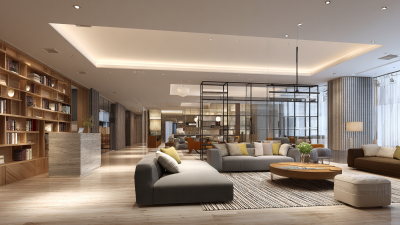
Innovative 3D House Rendering Solutions Set to Transform Real Estate at 2025 China Import and Export Fair
-
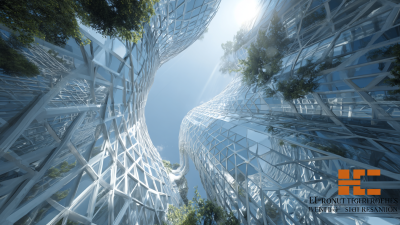
Emerging Technologies Transforming Best 3D Architectural Rendering by 2025 and Essential Checklist
-
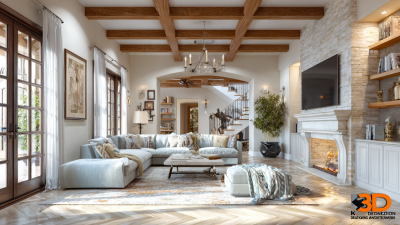
Comparing Top 3D House Rendering Services: Which One Delivers the Best Results?
-

7 Effective Tips for Boosting Your Exterior Rendering Projects Using Digital Technology Insights
-
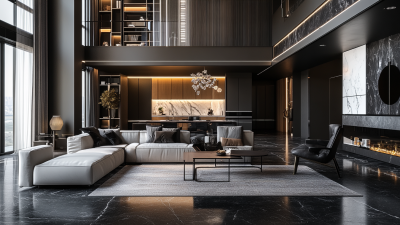
Top 10 3D Interior Rendering Manufacturers from China at the 137th Canton Fair
-

Unlocking the Advantages of Using 3D Floor Plan Design for Your Home Renovation


